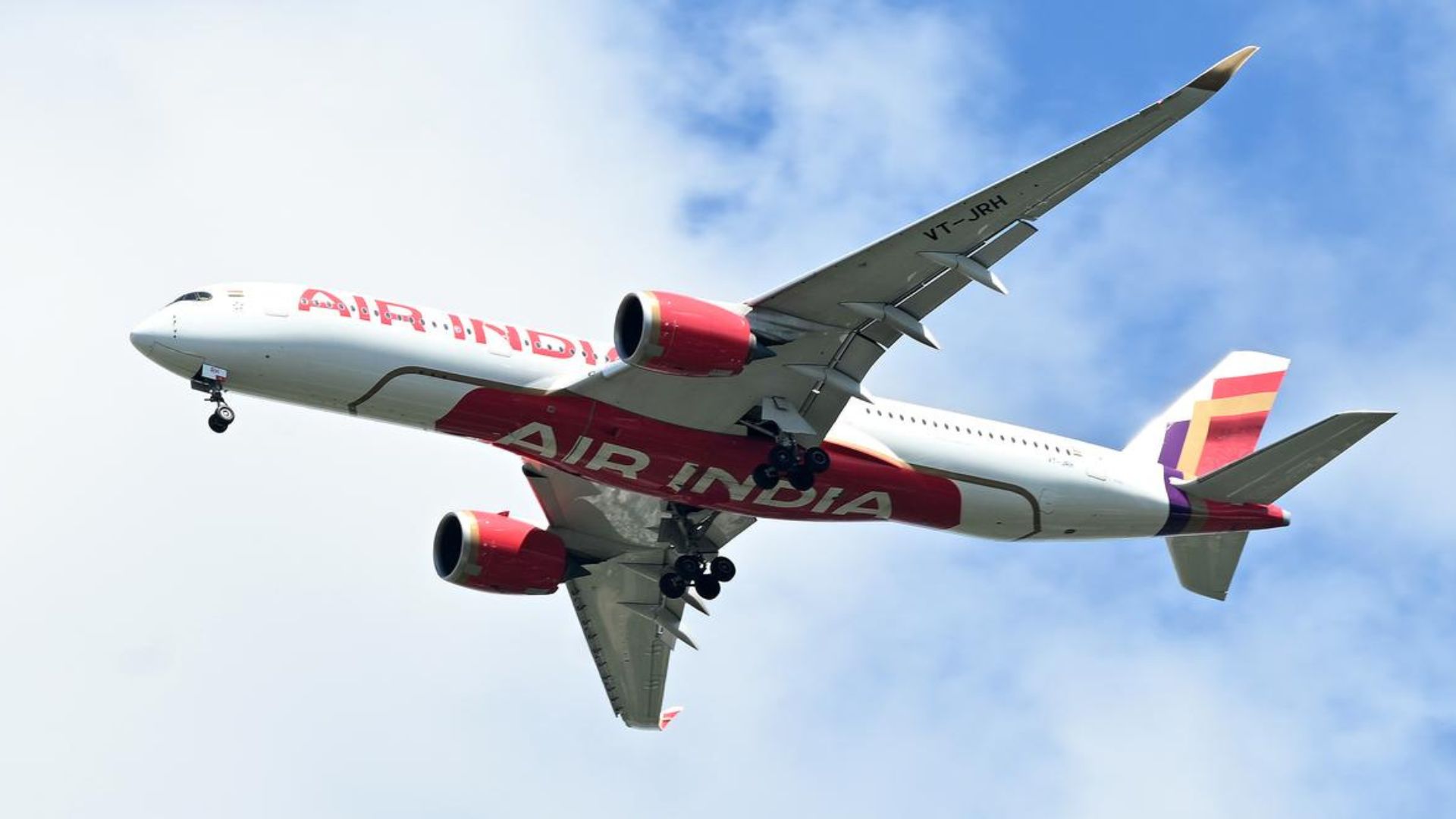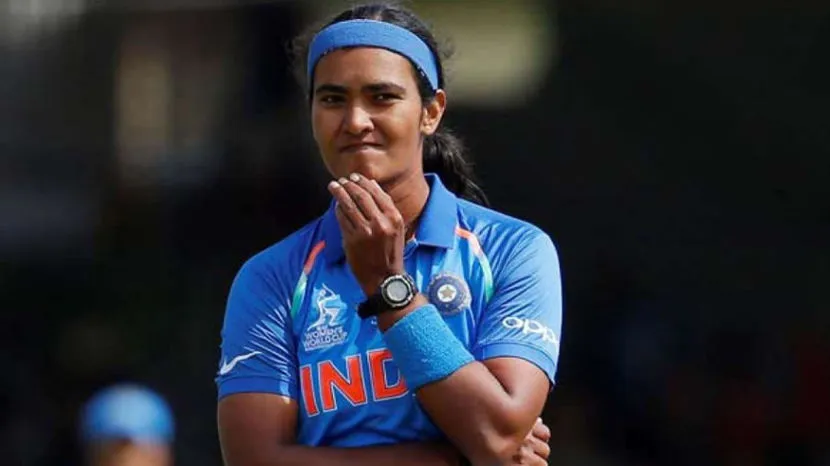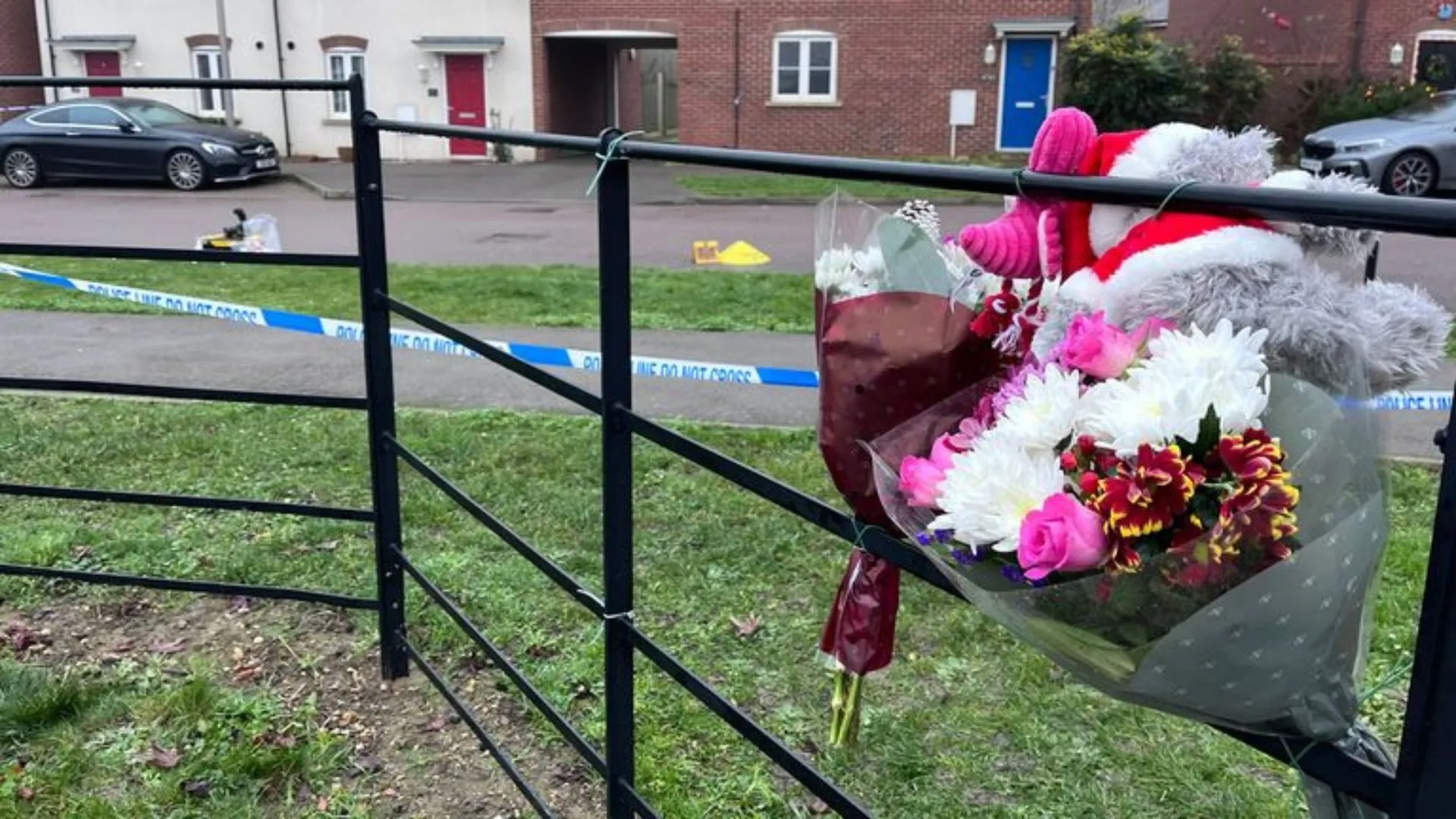Milaaya Embrodieries brings an endearing sustainable story to the India Art Fair. Recreates 6 master artist’s body of work in hand made embroidery.
What do you do if you are a textile expert, an embroidery protagonist and a lover of art? You create the most unique platform where art meets design and where embroidery takes centre stage, answering questions of sustainability, continuity and making art more affordable. Gayatri Khanna, a self-made design afficionado whose Mumbai based embroidery atelier Milaaya Embroideries crafts couture pieces for global brands like Tom Ford, Oscar De La Renta, Roberto Cavalli amongst others joins hands with MASH to recreate art by masters into embroidered and embellished art.
Making these formidable but exquisite works available to collectors, these hand worked wonders are a true labour of love and a testament to the sheer gravitas of the Indian handmade story that has made ours the most coveted country for impeccable couture. The geometric cadence of Reza, the floral world of Ghulam Shiekh, the surreal depth of Ranbir Kaleka, KK hebbar’s abstracts and Ram Kumar’s mystical city landscapes, all are recreated by the dexterous hands of a hundred beaders and embroiderers who worked tirelessly for days on the work. Threaded Visions a show by Gayatri Khanna is presented by MASH and curated by Dr. Arshya Lokhandwala , Founder Director of Lakeeran Gallery. Gayatri Khanna, the one who conceived the show shares her thoughts.
Milaaya Embroideries is renowned for its luxury embroidery. What inspired you to collaborate with M.A.S.H. for an exhibition that focuses on sustainability and the intersection of contemporary art and embroidery?
With an experience of 25 years in the world of luxury and couture embroidery , Milaaya Embroideries is working to expand the scope of hand embroideries beyond just fashion, to blur the line between craft and art by promoting hand embroidery as a medium to create art. MASH seemed like the ideal platform for us to partner with not only because Shalini Passi is a distinguished art connoisseur but MASH also supports new artists, ideas and creativity . It was the perfect collaboration for MASH to present couture hand embroidered works for the first time and for Milaaya to have a unique and renowned platform to launch on. Our mission to save this dying craft and vision to take hand embroidered art to the world align perfectly. Having the opportunity to showcase at IAF, we wanted our artworks to send a message of sustainability- to preserve our planet and environment with thoughtfully curated artworks but also promote sustainability of the craft.
The exhibition showcases a range of embroidery techniques. Could you shed light on the significance of preserving and showcasing diverse traditions and skills of Indian embroidery through this artistic endeavor?
2. Hand embroidery is a skill that is passed on from one generation to another. With education and awareness, the current generation wants to explore other opportunities that provide a better livelihood. Hand embroidery is thus a dying craft. Milaaya’s goal is to encourage the younger generation of artisans by providing them not only with better working conditions, benefits and incentives as they have at Milaaya Embroideries but also the recognition and respect they deserve. Through ‘Threaded Visions’ we aim to widen the scope of embroideries beyond fashion by introducing it as a medium to create art, give an opportunity to the artisans to showcase their creativity without any limitations as well as create awareness on this dying craft. As far as impact on the perception of hand embroidery as an art goes- creativity has no bounds or limitations. It is a relatively new space however we have tried to maintain the essence and the style of these distinguished artists. It’s wonderful to see how with a needle and thread, the details, depth and the textures of the original artwork have been captured giving them a new life and we hope that comes across through this exhibition.
How did art meet embroidery in your world?
3. The world of embroideries has endless possibilities. Hand embroideries is an ancient Indian craft with the diversity of India reflecting in the different embroidery techniques coming from that region. With just a needle and thread , these artisans create a myriad of stitches and textures. The surrealism and the play of light in Ranbir Kaleka’s artworks , the detailing and softness in Nilama Sheikh’s scroll or the abstract brush strokes from Ram Kumar’s landscapes all are translated meticulously with techniques like French knots, Satin stich, chain stitch, back stitch, waffle stitch, spring stitch and more. The richness and the depth in hand embroidery cannot be mimicked by machines. The different styles of art showcased in the exhibition give us an opportunity to showcase a multitude of hand embroidery techniques suitable to each, allowing us to stretch our imagination and creativity.
Inputs from Shalini Passi, founder MASH:
The collaboration between M.A.S.H. and Milaaya for “Threaded Visions” seems innovative and unique. Could you share the inspiration behind bringing contemporary embroidery into the conversation on sustainability and climate change?
I believe inspiration for “Threaded Visions” truly lies in the idea of merging sustainability with fashion. We are at the junction where immediate action is a need-of-the-hour. This exhibition not only celebrates artisanal skills and encourages a dialogue on the role of embroidery in shaping a more environmentally conscious future in the realm of fashion and design. With this exhibition, we aim to bring into attention that crafts and particularly embroidery are not a relic of the past but are an ever evolving entity which can contribute significantly in the conversation on sustainability and climate change.
M.A.S.H. has been a platform exploring various art forms. How does this exhibition align with your vision for supporting emerging artists, especially in the context of sustainability and slow fashion?
My vision for MASH is to develop an approachable and interesting platform that explores the intersection of architecture, art, craft, etc. The way that art and craft are combined to address climate change and sustainability makes this exhibition remarkable. My vision is multifaceted as along with sustainability in fashion, I want to provide a canvas for our emerging artists, creating a space for them to experiment and find their own voices. This exhibition creates a platform for our young emerging artists to delve into traditional Indian crafts like embroidery and employ them to create art and express themselves. The exhibition is also a great way to gauge the emerging artists about sustainability and make them more environmentally conscious going forward.
As an art aficionado, you have a knack for spotting brilliant ideas. What drew you to the idea of combining celebrated Indian artists’ works with modern embroidery to address environmental concerns?
As an art enthusiast with a passion for innovation and addressing pressing issues, the idea of merging celebrated Indian artists’ works with modern embroidery to tackle environmental concerns immediately captured my attention. What drew me to this concept was the fusion of traditional art forms with activism. Firstly, the rich heritage of Indian art, spanning centuries of tradition and cultural significance, provides a compelling backdrop for exploring complex themes such as environmentalism. By incorporating the works of renowned Indian artists, we not only pay homage to their talent but also leverage their influence to amplify the message of environmental conservation.














